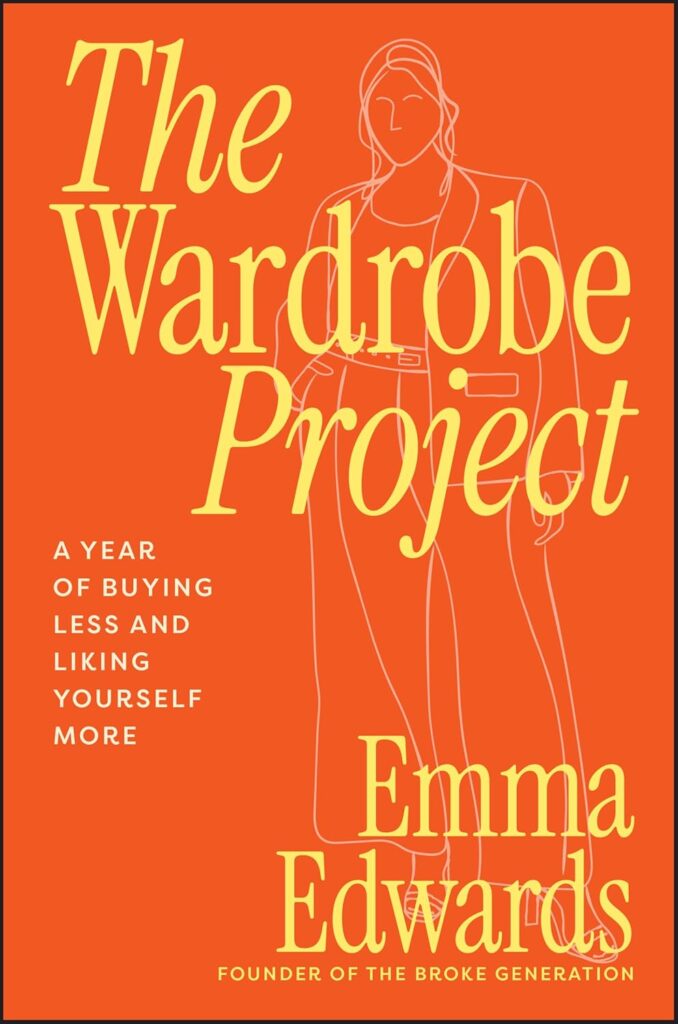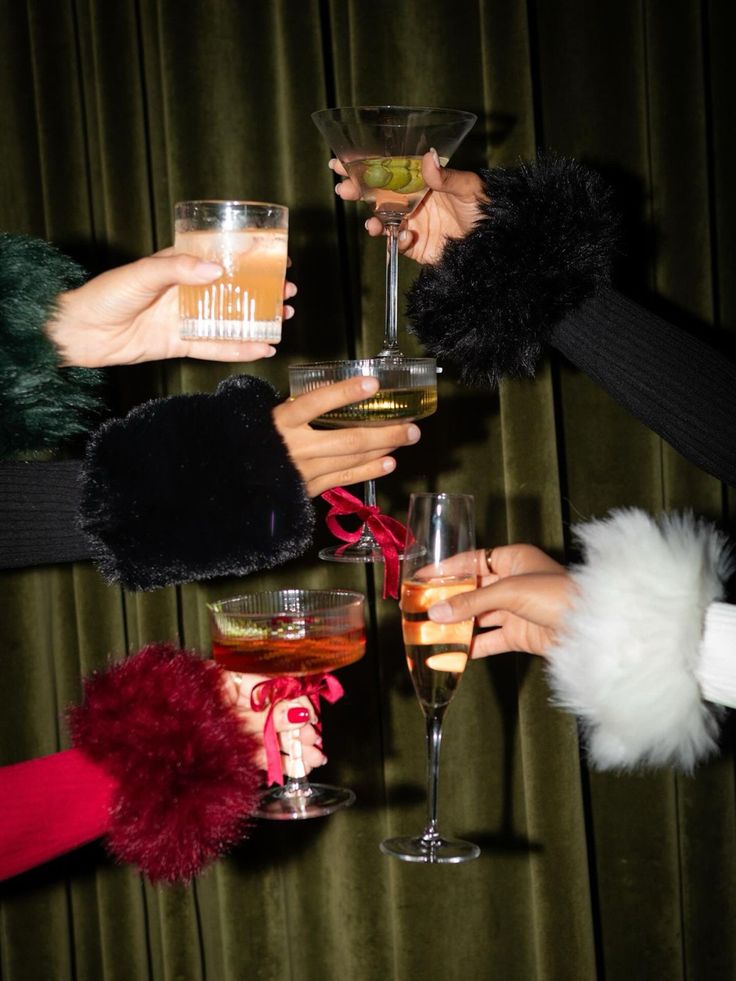Polka dots. Micro shorts. Buckle boots. Studded bags. Bubble skirts. For those of you managing to keep your finger on the pulse of what’s currently “in” for fashion, the above list might look a little similar to what’s currently in your shopping carts. However, at the current proliferation of emerging fashion trends, attempting to maintain at the forefront of what’s trending may be causing more harm than it leads on. It may seem counter intuitive, but you might just want to avoid partaking in the next fashion trend – here’s why.
We recently spoke to Personal Stylist Claire Jensen on the impacts of fleeting microtrends, and the importance of deviating from the current trend cycle to develop authentic style and flair. Understanding why trends are so tempting to follow in the first place stems from a common fear of not belonging, which Jensen explained translates into consumers buying habits. “Trends are alluring because they help us to feel like we belong,” said Jensen. “Keeping up with trends allows our style to stay relevant”.
Despite the evident impacts fomo can have on an individual’s clothing choices, the consequences of jumping onto the next microtrend are far more dire on the environment. “We need to be aware that our desire for the ‘latest trend’ has a long lasting impact on our planet, even if it’s short lived in our wardrobe,” said Jensen, and she’s not wrong.
A 2024 study by The Australian Institute found Australians on average purchase 56 new items of clothing per year, which was said to be more clothes per person than any other country worldwide. The analysis also revealed over 200,000 tonnes of clothing end up in landfill each year – so why is it Australians are going through clothes at record rates?
Whilst the current trend cycle can’t solely be put to blame for these statistics, Jensen explained the influence social media has on pushing consumers to purchase more. “The rise of micro-trends, fuelled by social media, and brands that expedite the latest catwalk look to the masses has accelerated the cycle of overconsumption,” said Jensen.
@sophadophaa Good morning
♬ Poison – angelina ✿
After Influencer Sopha Dopha shared a video of her in the Glassons Lace Bustier Corset Top, thousands of girls queued up to purchase it.
Monique Barton, founder of ethical fashion brand Sabi the Label and online content creator felt similarly to Jensen, referencing the influence social media has on consumer purchasing habits. Barton described the current speed of fashion trends as “the complete opposite of sustainable,” explaining that “with our social media climate right now, everything is becoming shorter, sharper and faster.”
“We’re all on this crazy content hamster wheel where trend cycles can be as short as 24 hours,” said Barton.
Let’s face it, social media engagement is now a key driving force behind the success of clothing brands – and according to a recent study by US based youth culture agency Archrival, 77 per cent of Gen Zs in the US are actively seeking style inspiration at least monthly, with almost half of those looking for style inspiration on social media.
@jeskaalee Outfits while in Melbourne 🍂 #outfitsoftheweek #melbourneaustralia #outfitchange #autumnfashion
♬ A WEEK – ester
Whilst Barton agrees that social media puts pressure on individuals to follow fashion trends, she understands the impact it wields in promoting business. “I hate it, yet I have to be a part of it to run a business that sustains itself,” said Barton. “I always reflect on ‘Social media is a part of our lives in every way now – how do I want to show up online?’”
To help combat the constant influx of online trends, it can help to contemplate what your wardrobe really needs, and focus more on developing authentic style. Barton aims to invest in “quality socks, undies, t-shirts, pants, singlets… a truly good outfit has to start with the foundations”. Jensen felt similarly, emphasising “the key is to invest in pieces that transcend seasons rather than chasing fast fashion’s constant churn”. “While trends offer fresh ideas and creative expression, relying solely on them can disconnect us from our true identity. When we dress to only align with what’s popular, rather than what resonates with us, we risk feeling inauthentic.”
As it turns out, a recent blog post by trend forecasting agency WGSN found consumers are beginning to cotton on to similar advice, which found the 2023 – 2024 market highly saturated with micro-trends. “Consumers’ spending power isn’t strong enough to keep up with all the changing trends, so it has driven them to return to personal style and more considered consumption,” said Jessica Seddon, WGSN Senior Strategist for Buying.
With that said, instead of giving into the next fleeting microtrend, perhaps jumping onto the trend of becoming a more considered consumer and investing in authentic quality garments might be worth a try. This is your sign to start culling that trendy shopping cart, and consider whether the next fashion trend really is worth jumping onto.
Staples to Invest In
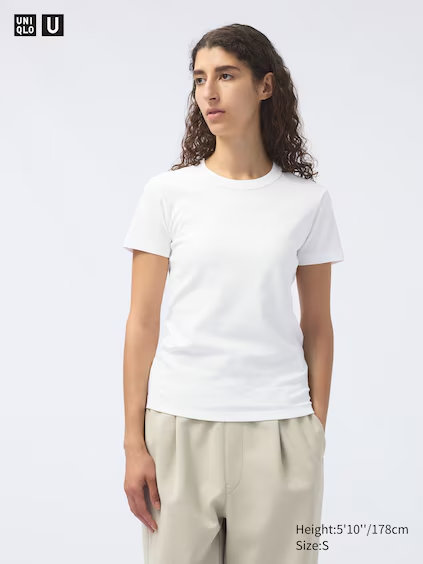
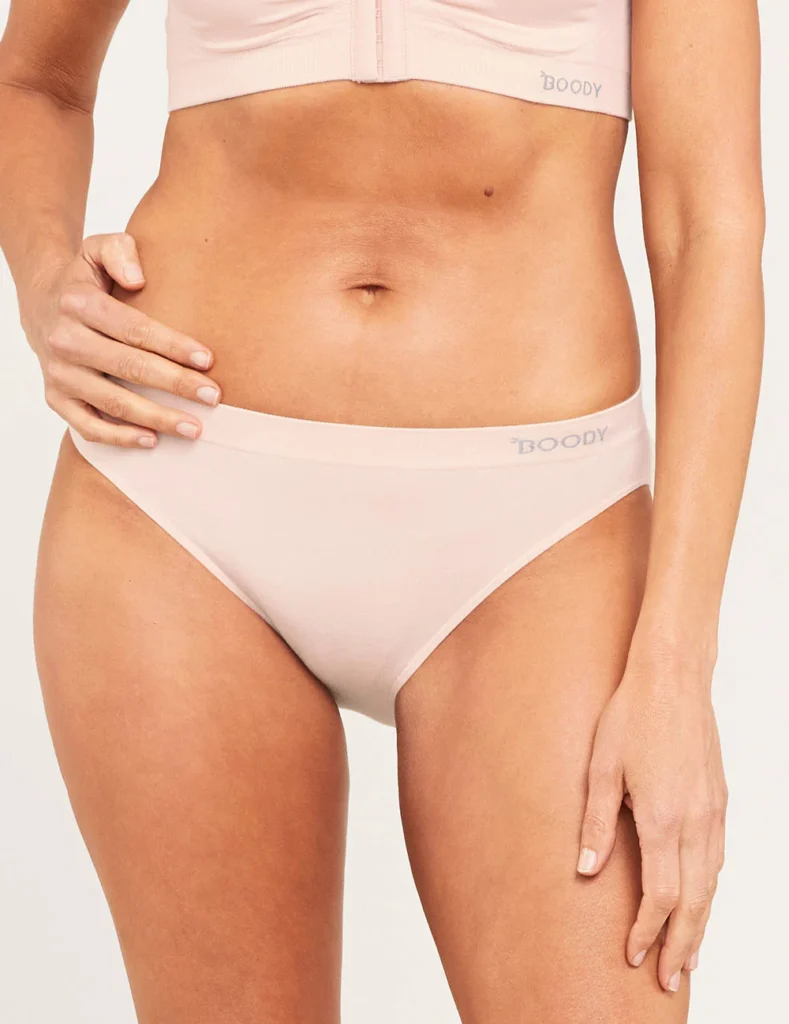
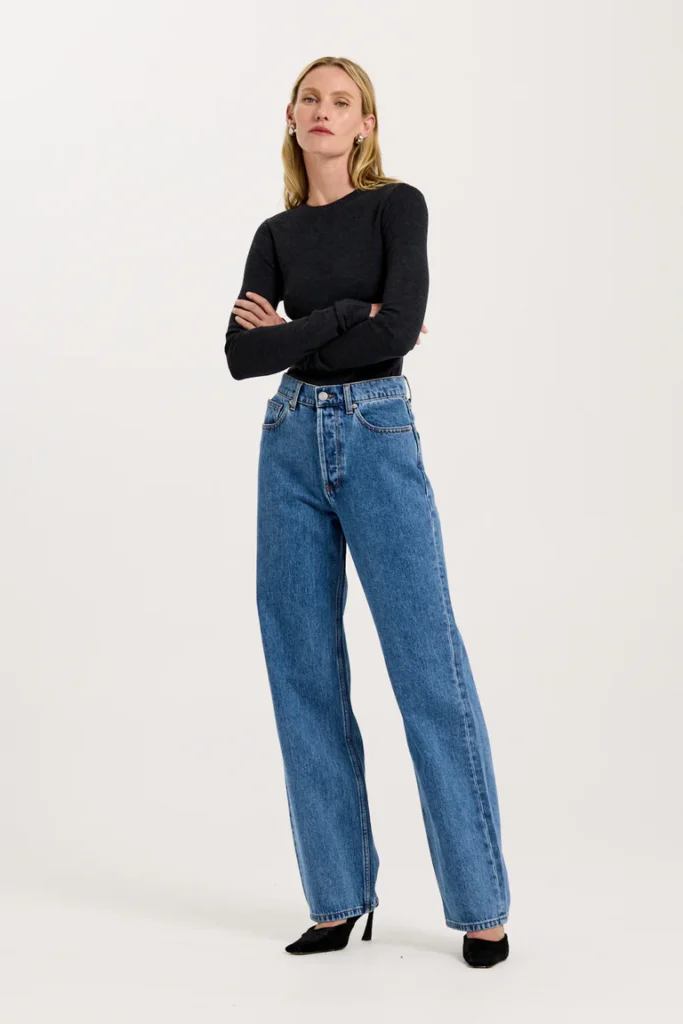
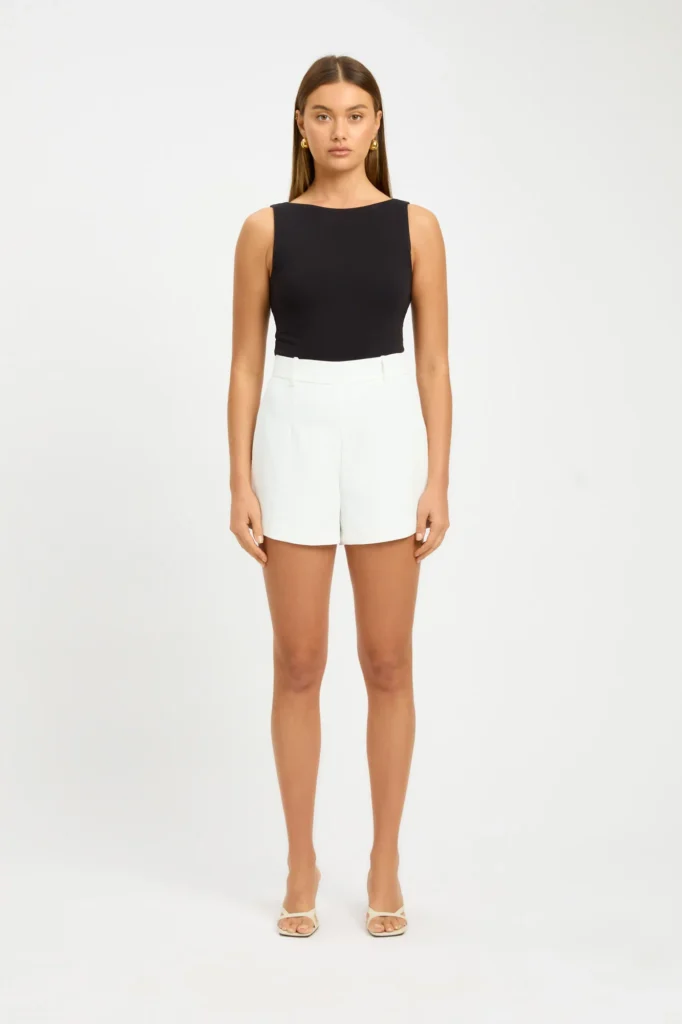
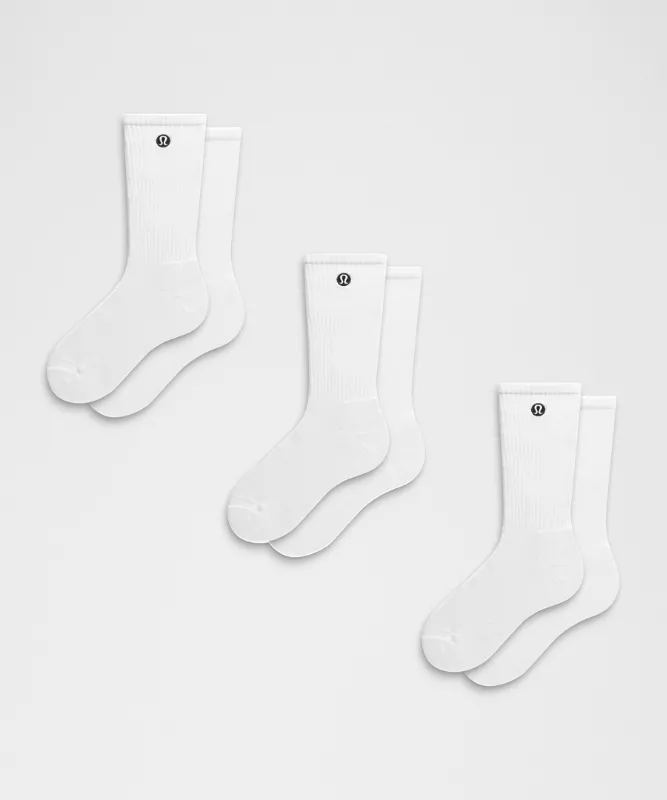
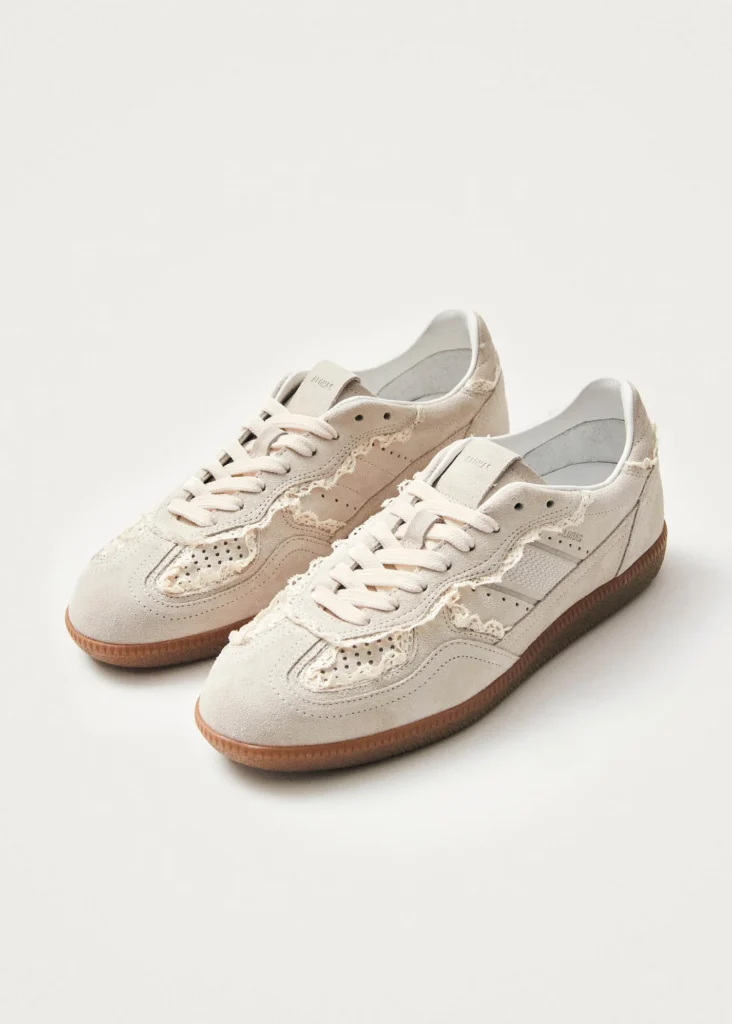
Read more about trends here.



